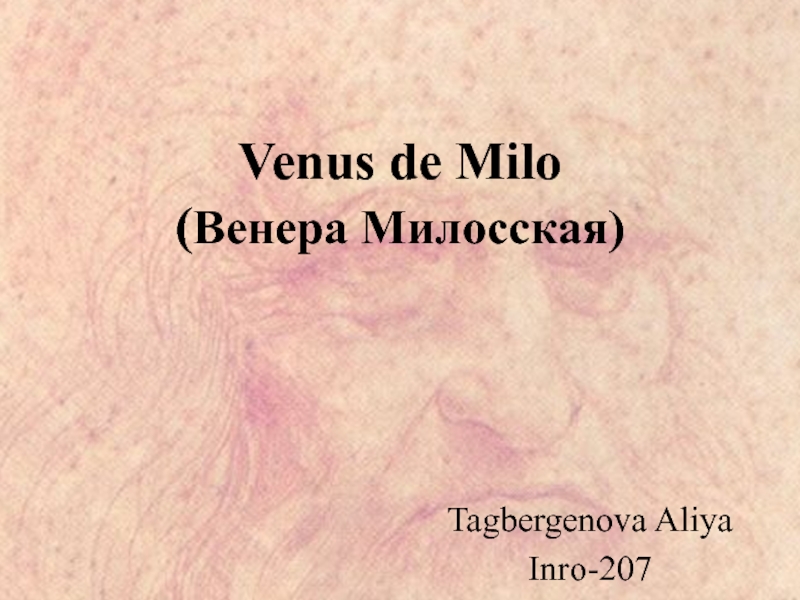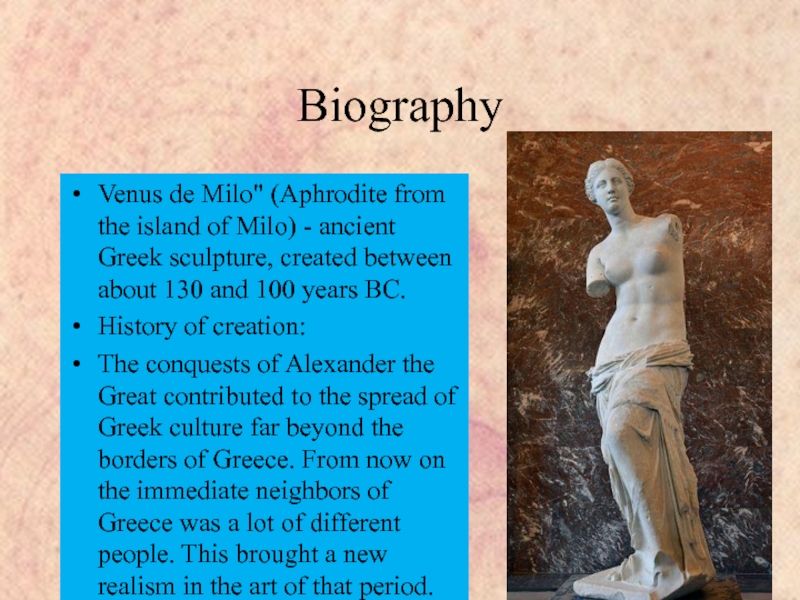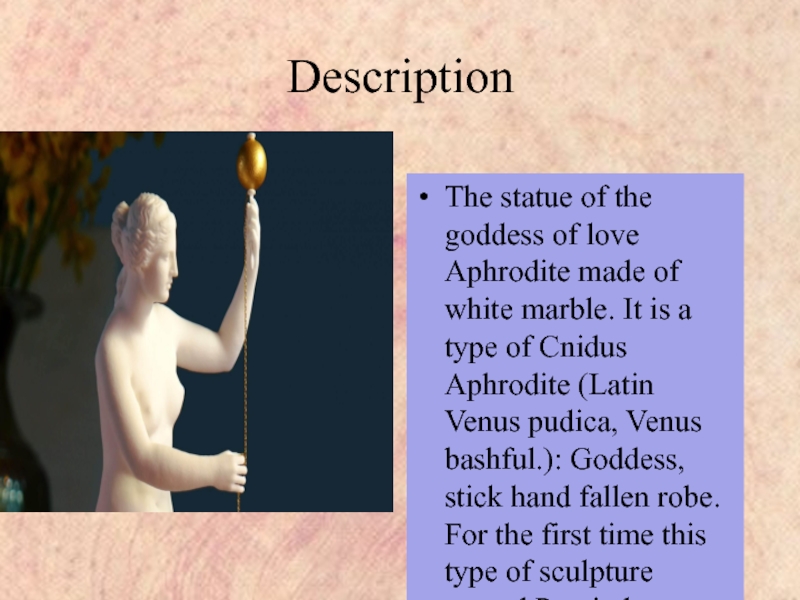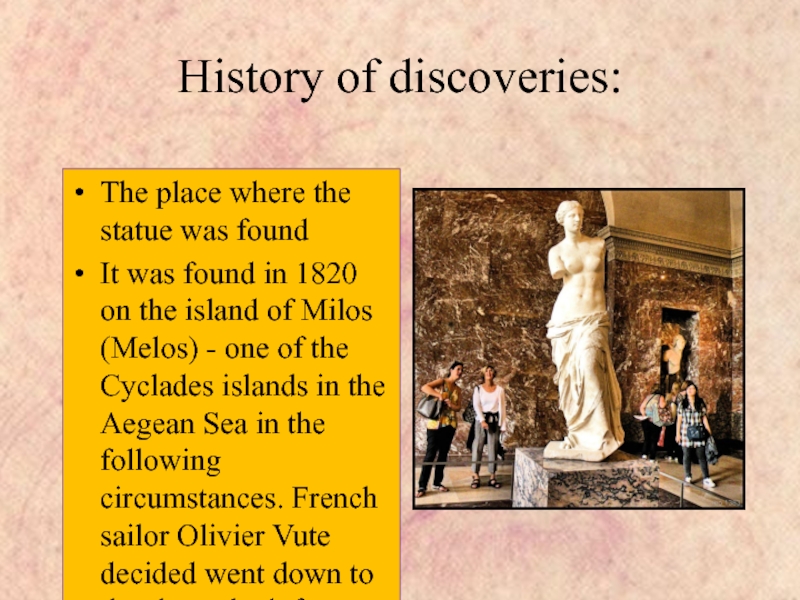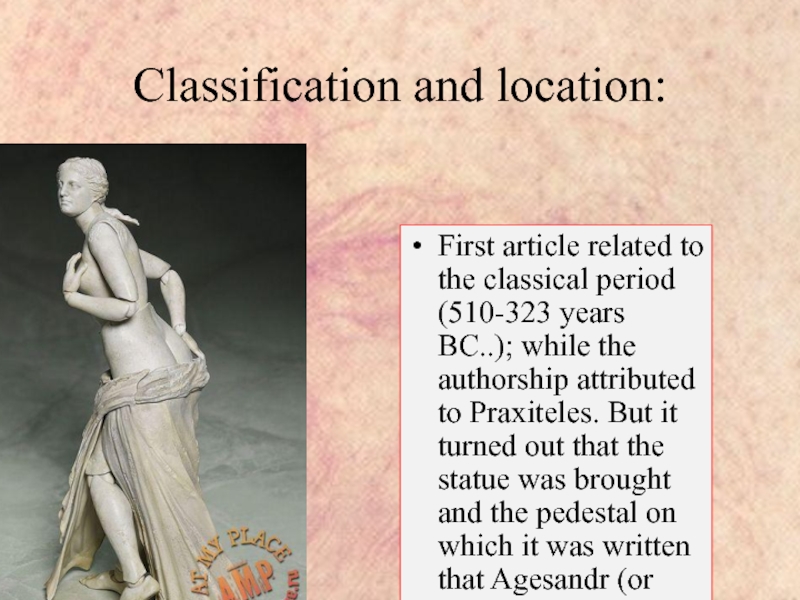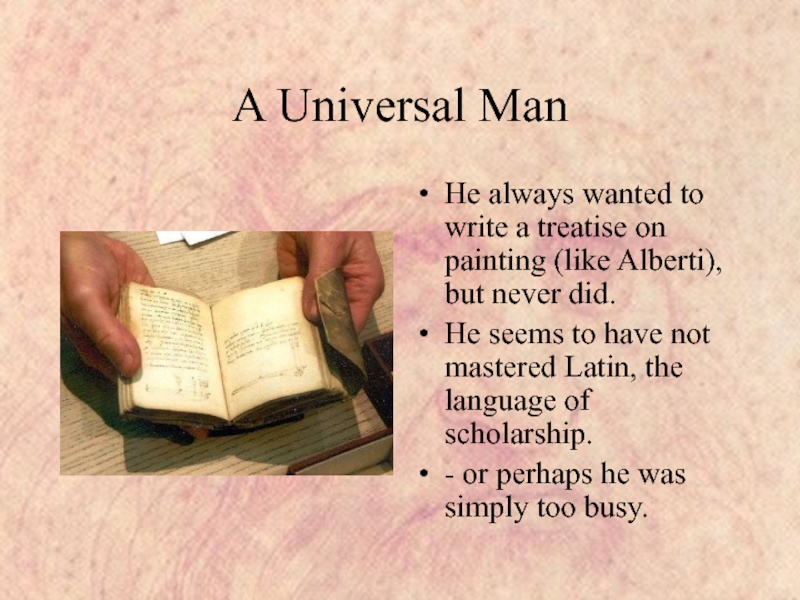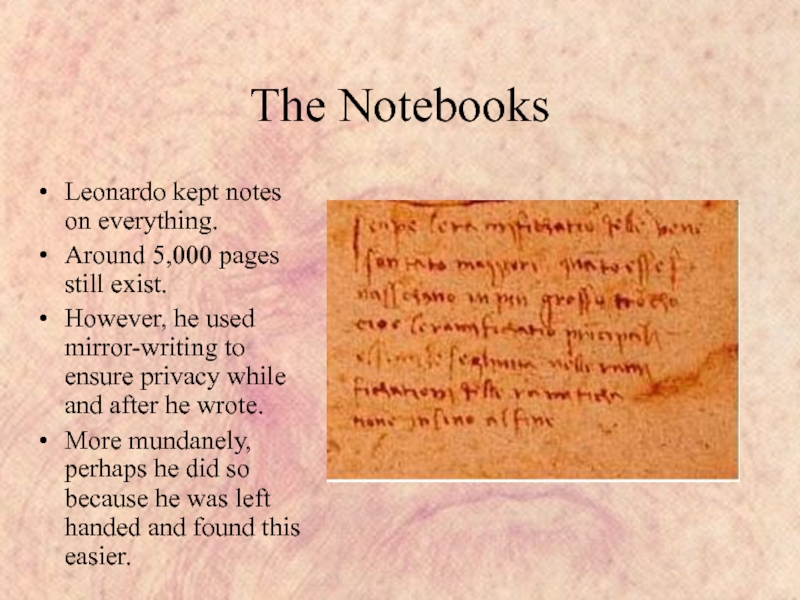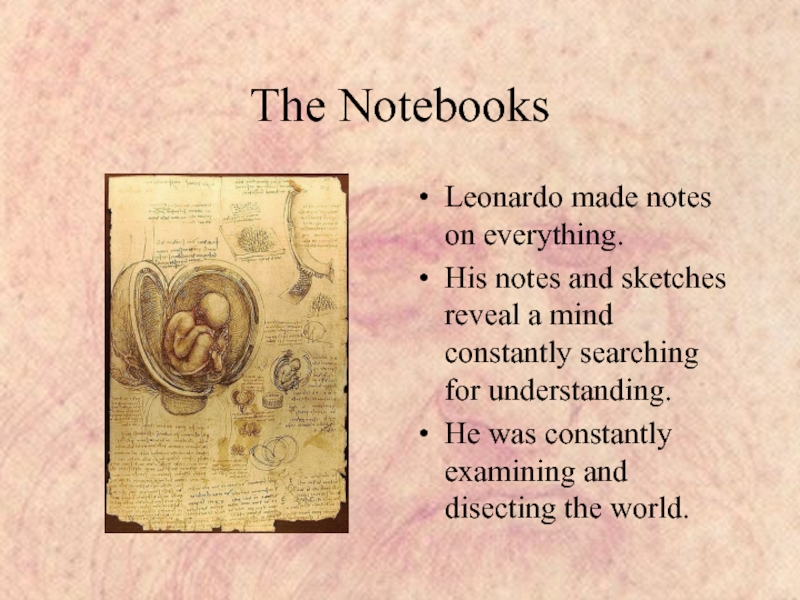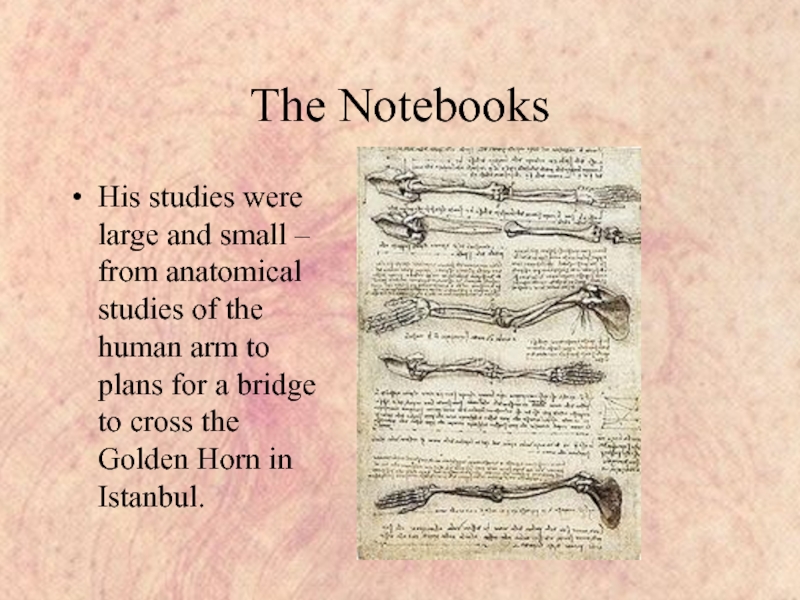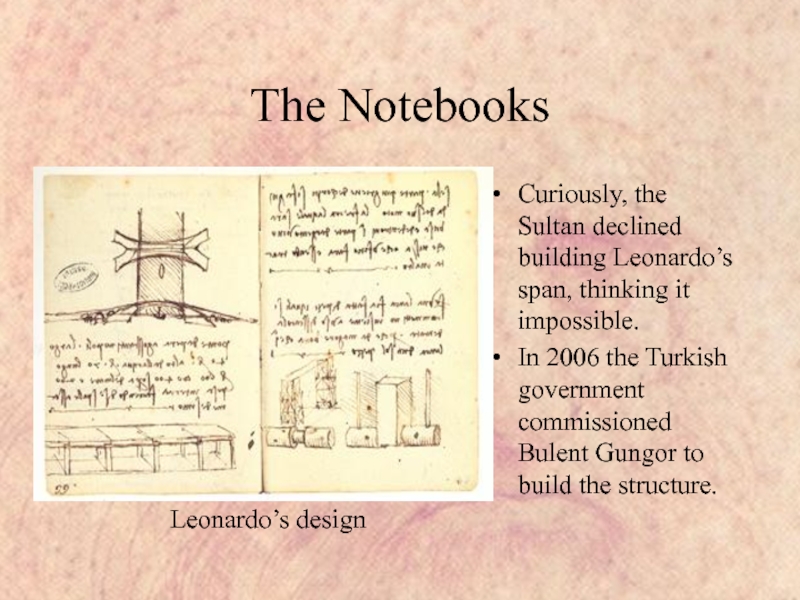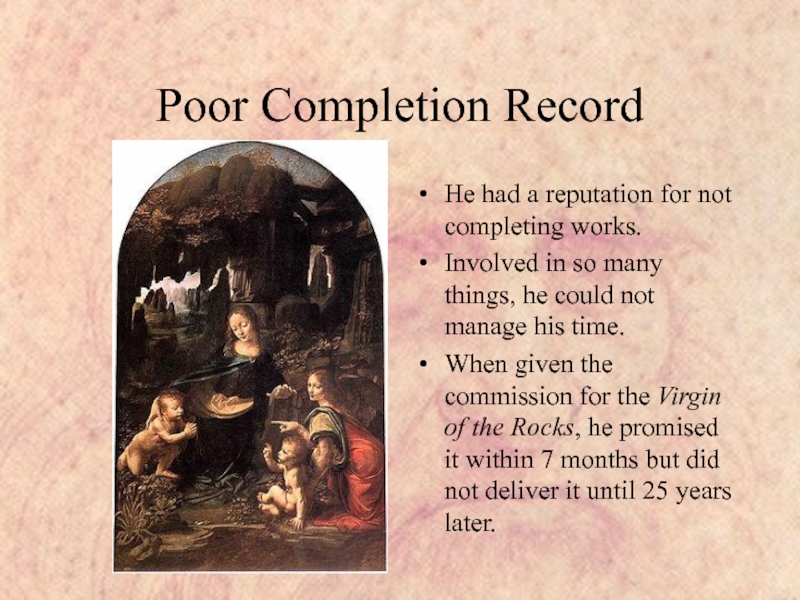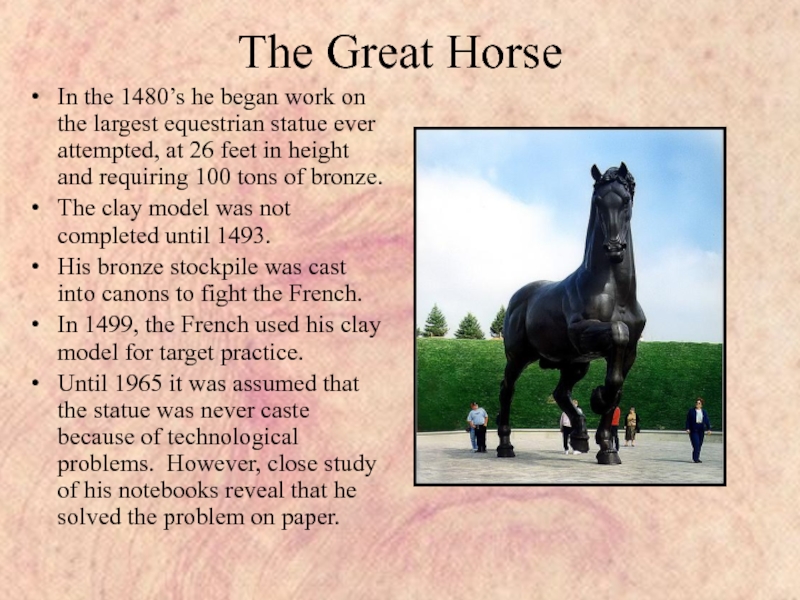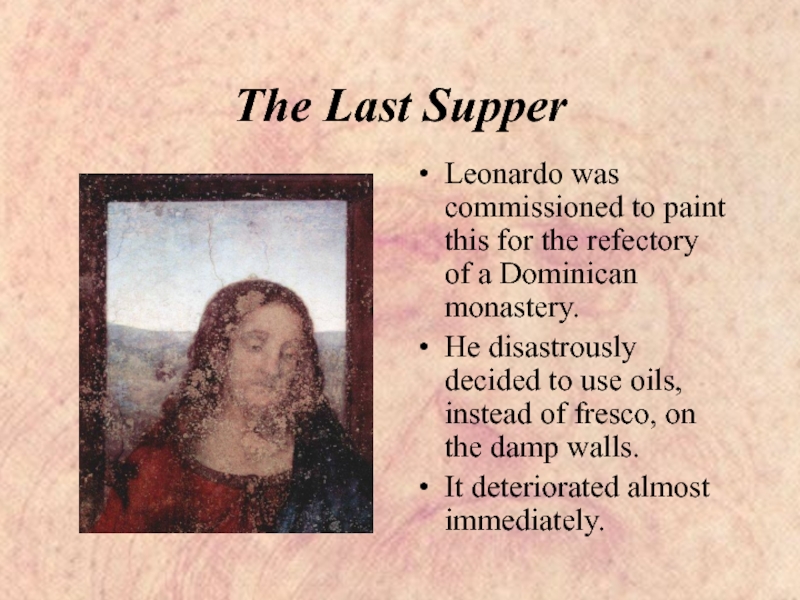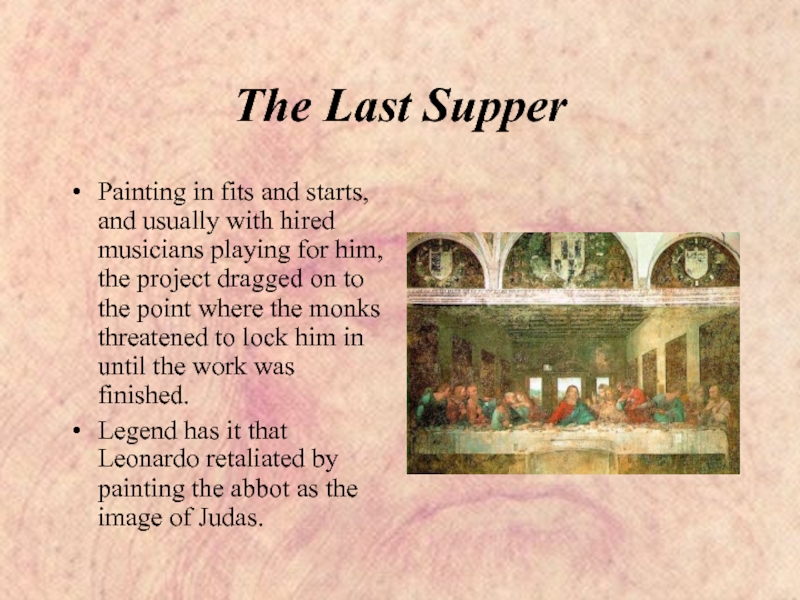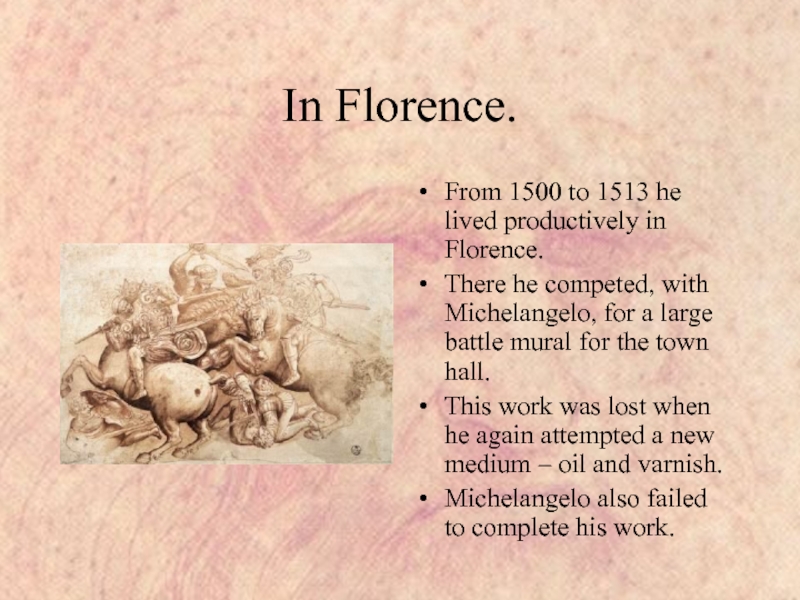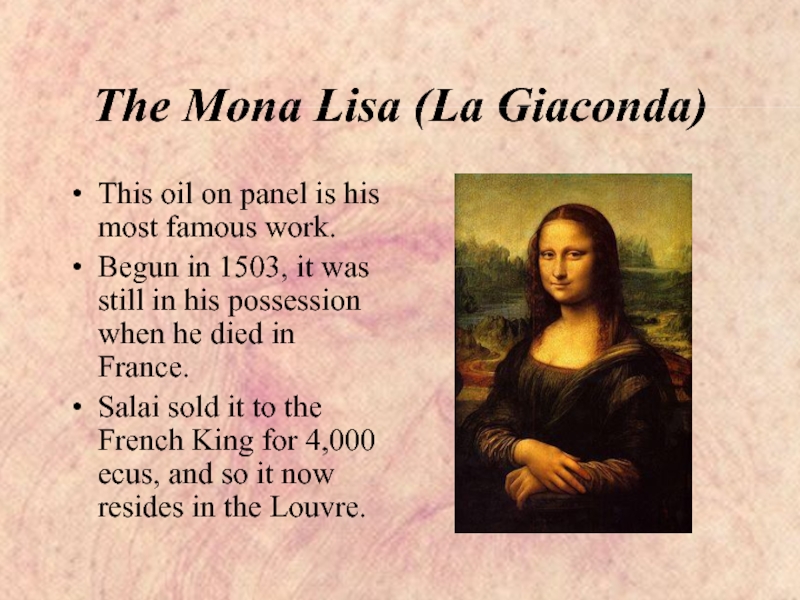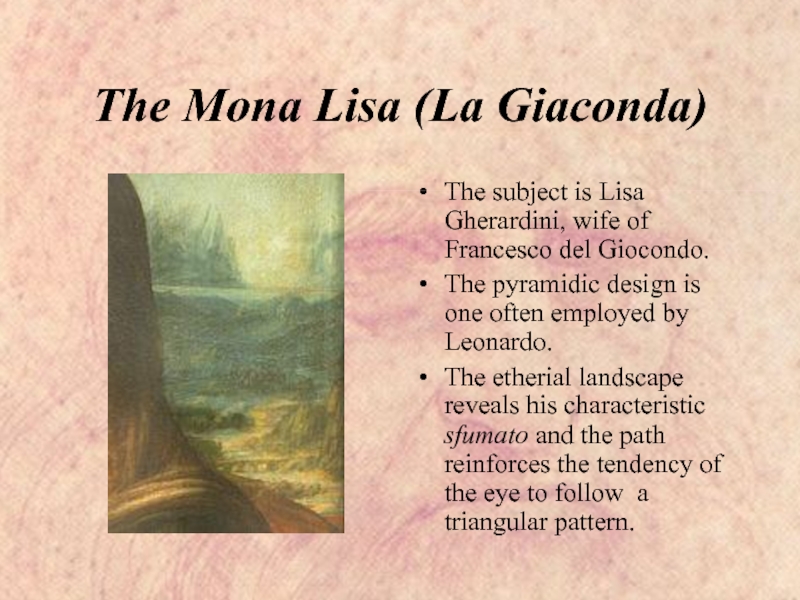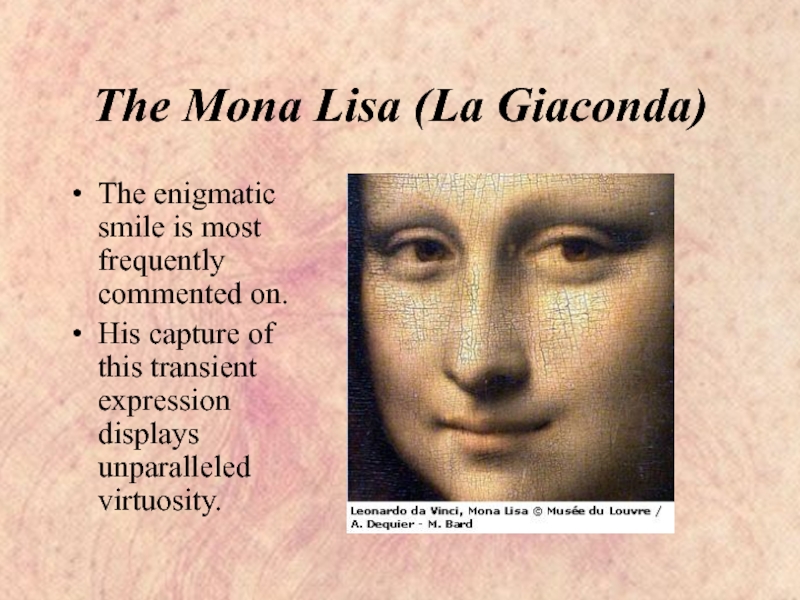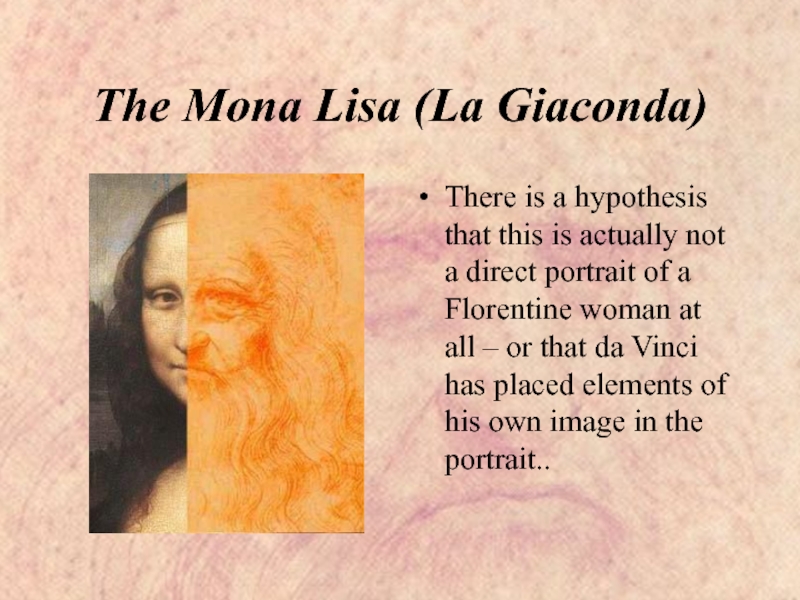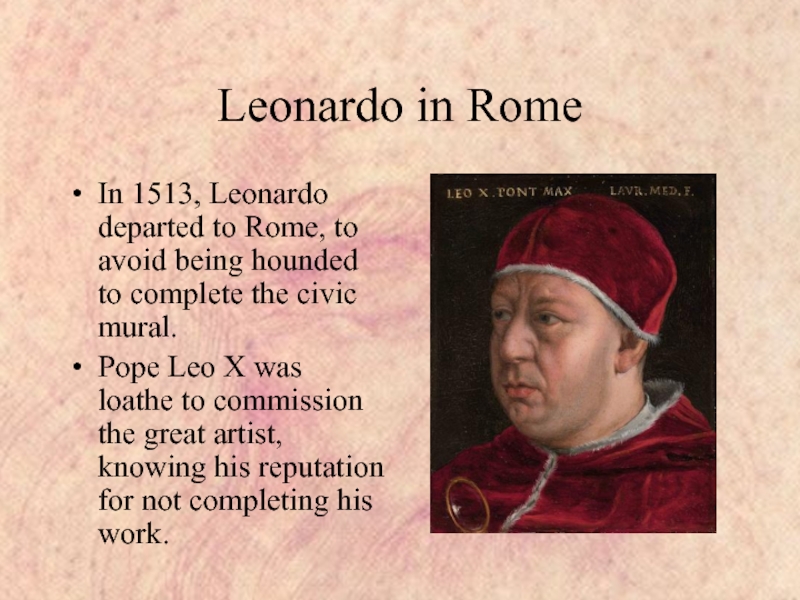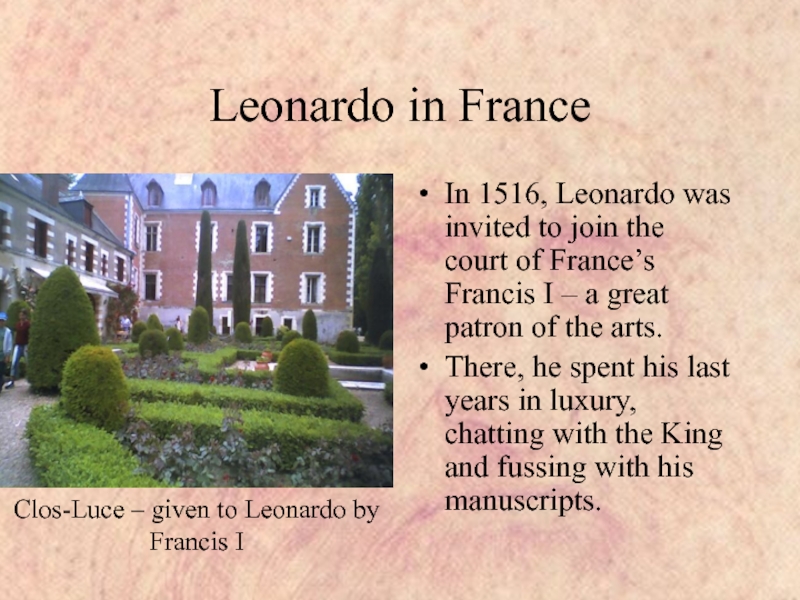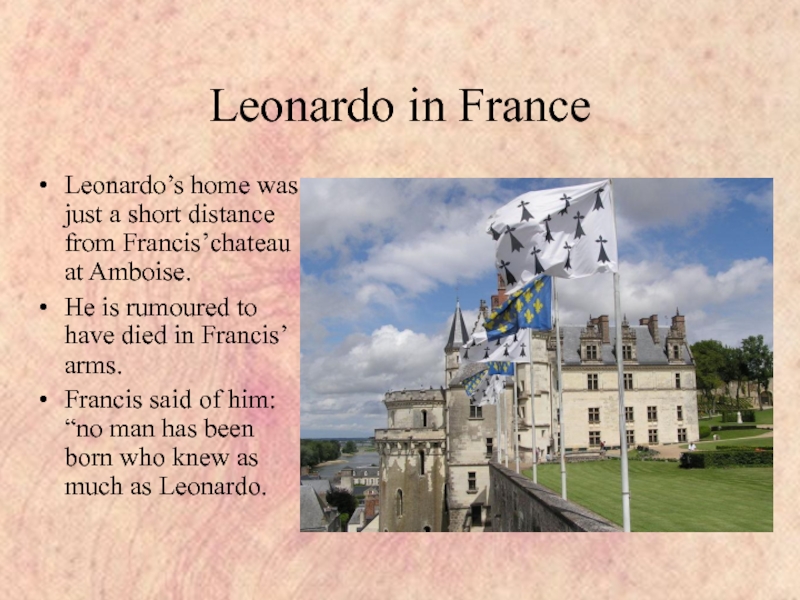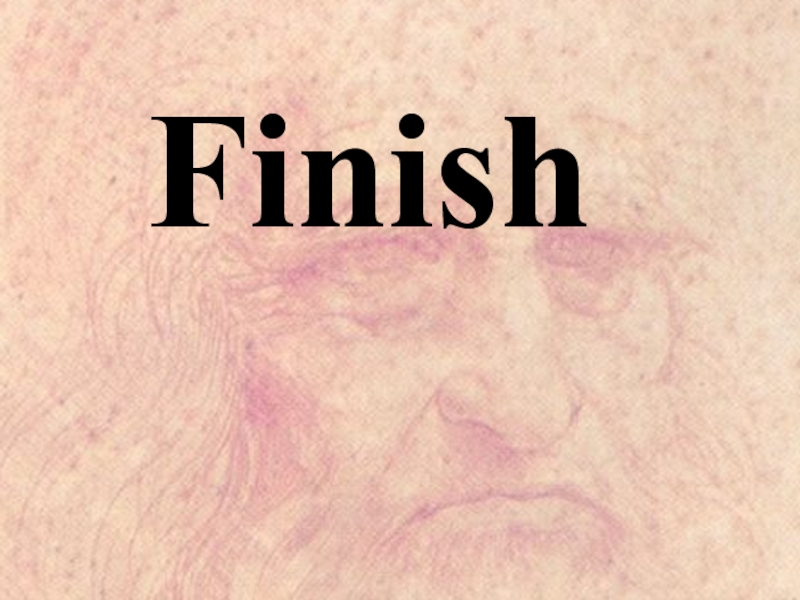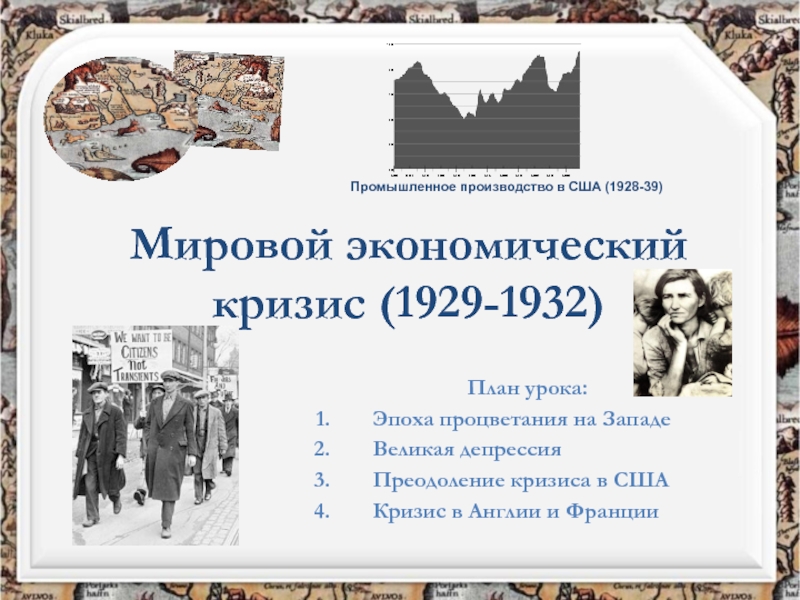Слайд 1Venus de Milo
(Венера Милосская)
Tagbergenova Aliya
Inro-207
Слайд 2Biography
Venus de Milo" (Aphrodite from the island of Milo)
- ancient Greek sculpture, created between about 130 and 100
years BC.
History of creation:
The conquests of Alexander the Great contributed to the spread of Greek culture far beyond the borders of Greece. From now on the immediate neighbors of Greece was a lot of different people. This brought a new realism in the art of that period. Artists began to prefer the image of various facets of human nature. Even those statues of the gods are now lent traits of real people.
Слайд 3Description
The statue of the goddess of love Aphrodite made of
white marble. It is a type of Cnidus Aphrodite (Latin
Venus pudica, Venus bashful.): Goddess, stick hand fallen robe. For the first time this type of sculpture carved Praxiteles around 350 BC. e. The height of the statue of Venus de Milo - 2.02 m, body proportions at recalculation on the growth of 164 cm make 89-69-93
Слайд 4History of discoveries:
The place where the statue was found
It was
found in 1820 on the island of Milos (Melos) -
one of the Cyclades islands in the Aegean Sea in the following circumstances. French sailor Olivier Vute decided went down to the shore, look for ancient times (at the time there was a boom in the ancient times) for sale. On a couple of the local farmer Giorgos Kentrotasom he dug up a statue in the ruins of the ancient amphitheater.
Слайд 5Classification and location:
First article related to the classical period (510-323
years BC..); while the authorship attributed to Praxiteles. But it
turned out that the statue was brought and the pedestal on which it was written that Agesandr (or Alexander, the inscription was illegible), the son of silverside, a citizen of Antioch on the Meander, has made this statue. Thus, the statue belongs to the Hellenistic period. Subsequently, the pedestal was gone and was not found until now.
Venus de Milo
Слайд 6Thank you for your attention!
Слайд 7A Universal Man
He always wanted to write a treatise on
painting (like Alberti), but never did.
He seems to have not
mastered Latin, the language of scholarship.
- or perhaps he was simply too busy.
Слайд 8The Notebooks
Leonardo kept notes on everything.
Around 5,000 pages still exist.
However,
he used mirror-writing to ensure privacy while and after he
wrote.
More mundanely, perhaps he did so because he was left handed and found this easier.
Слайд 9The Notebooks
Leonardo made notes on everything.
His notes and sketches reveal
a mind constantly searching for understanding.
He was constantly examining and
disecting the world.
Слайд 10The Notebooks
His studies were large and small – from anatomical
studies of the human arm to plans for a bridge
to cross the Golden Horn in Istanbul.
Слайд 11The Notebooks
Curiously, the Sultan declined building Leonardo’s span, thinking it
impossible.
In 2006 the Turkish government commissioned Bulent Gungor to build
the structure.
Слайд 12Poor Completion Record
He had a reputation for not completing works.
Involved
in so many things, he could not manage his time.
When
given the commission for the Virgin of the Rocks, he promised it within 7 months but did not deliver it until 25 years later.
Слайд 13The Great Horse
In the 1480’s he began work on the
largest equestrian statue ever attempted, at 26 feet in height
and requiring 100 tons of bronze.
The clay model was not completed until 1493.
His bronze stockpile was cast into canons to fight the French.
In 1499, the French used his clay model for target practice.
Until 1965 it was assumed that the statue was never caste because of technological problems. However, close study of his notebooks reveal that he solved the problem on paper.
Слайд 14The Last Supper
Leonardo was commissioned to paint this for the
refectory of a Dominican monastery.
He disastrously decided to use oils,
instead of fresco, on the damp walls.
It deteriorated almost immediately.
Слайд 15The Last Supper
Painting in fits and starts, and usually with
hired musicians playing for him, the project dragged on to
the point where the monks threatened to lock him in until the work was finished.
Legend has it that Leonardo retaliated by painting the abbot as the image of Judas.
Слайд 16In Florence.
From 1500 to 1513 he lived productively in Florence.
There
he competed, with Michelangelo, for a large battle mural for
the town hall.
This work was lost when he again attempted a new medium – oil and varnish.
Michelangelo also failed to complete his work.
Слайд 17The Mona Lisa (La Giaconda)
This oil on panel is his
most famous work.
Begun in 1503, it was still in his
possession when he died in France.
Salai sold it to the French King for 4,000 ecus, and so it now resides in the Louvre.
Слайд 18The Mona Lisa (La Giaconda)
The subject is Lisa Gherardini, wife
of Francesco del Giocondo.
The pyramidic design is one often employed
by Leonardo.
The etherial landscape reveals his characteristic sfumato and the path reinforces the tendency of the eye to follow a triangular pattern.
Слайд 19The Mona Lisa (La Giaconda)
The enigmatic smile is most frequently
commented on.
His capture of this transient expression displays unparalleled virtuosity.
Слайд 20The Mona Lisa (La Giaconda)
There is a hypothesis that this
is actually not a direct portrait of a Florentine woman
at all – or that da Vinci has placed elements of his own image in the portrait..
Слайд 21Leonardo in Rome
In 1513, Leonardo departed to Rome, to avoid
being hounded to complete the civic mural.
Pope Leo X was
loathe to commission the great artist, knowing his reputation for not completing his work.
Слайд 22Leonardo in France
In 1516, Leonardo was invited to join the
court of France’s Francis I – a great patron of
the arts.
There, he spent his last years in luxury, chatting with the King and fussing with his manuscripts.
Слайд 23Leonardo in France
Leonardo’s home was just a short distance from
Francis’chateau at Amboise.
He is rumoured to have died in Francis’
arms.
Francis said of him: “no man has been born who knew as much as Leonardo.
